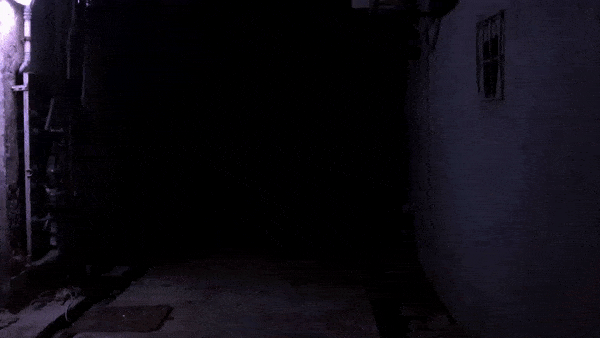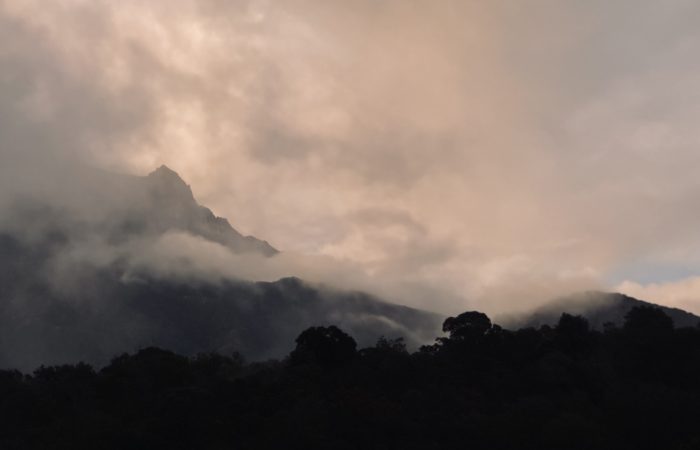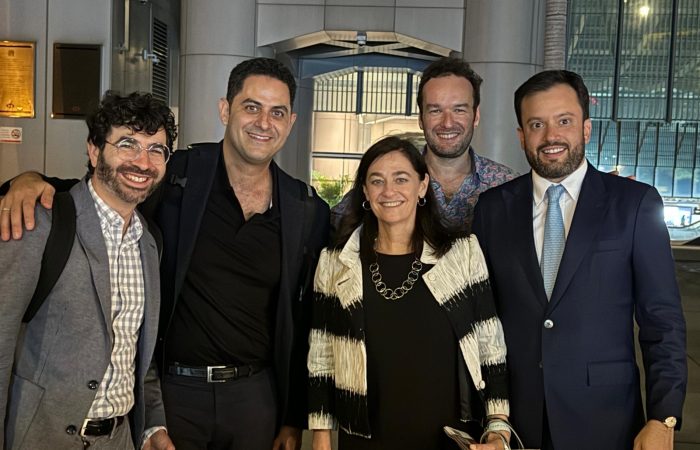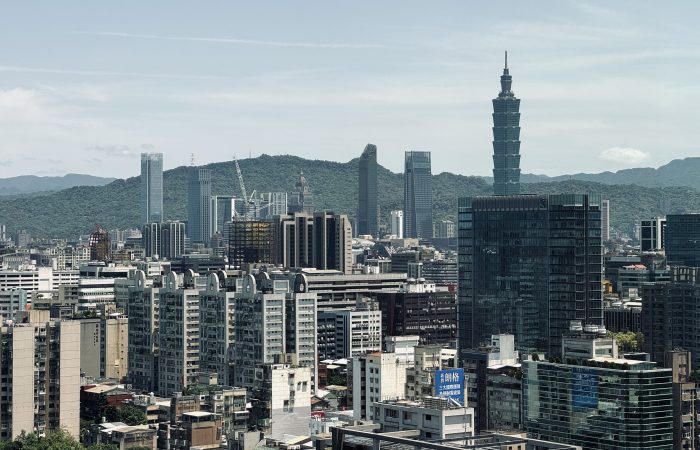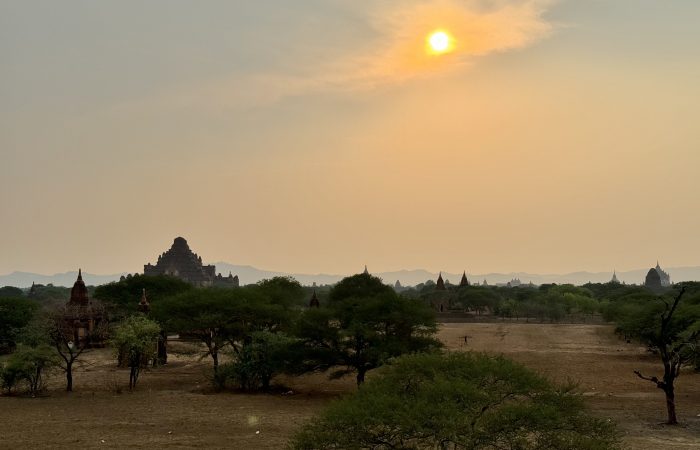
Contact
Blog
18 June 2024
Kolkata, India
I remember learning ages ago in grade school the difference between kinetic and potential energy- the one active, the other static. Yet rarely does the difference feel more ‘academic’ than now, when so many things are in motion and it is only a matter of time before they break out and, well, entropy ensues. On the surface it feels like a relaxing summer, but I’ve got twenty minutes of music to write more less before the month is out (back to old traditions circa 2020-2022!) for the first stage of an immersive work in the realm of martial arts, and just as much if not more to prepare in advance of the world premiere of Otherhood (2022) in the autumn in Helsinki, Finland, among others. And, let’s say, there will be some modifications to my duties in Hong Kong about which I’m tremendously excited, too.
Despite a sort-of round-the-clock working schedule, I dread any proper ‘vacation’- the little weekend escapes to Southeast Asia and elsewhere had been incredibly revitalising and the prospect of anything longer than that seems like far too much time spent idle. Yet, that downtime can also be the source of very crucial steps forward (or sideways) in one’s musical journey. I recall some remarkably unproductive periods which nevertheless have stuck with me as references of inspiration, or a new way of thinking, all of which might be impossible to directly trace forward into musical works, but nevertheless are somehow personally seminal- those stormy dark mornings in Tallinn, Estonia; a sweltering bus ride through the plains of Sri Lanka in dawn, or the first time I ever glimpsed Kangchenjunga from the Himalayan foothills, just barely two years ago. It is undeniable that if one’s music must truly be an honest representation, then those moments that forever change something inside extend to the manuscript paper, too.
It has been a very special, healing time at home, with two busy months of travel and work ahead. I’m not particularly looking forward to jet lag and I’ll miss cooking on an (almost) daily basis, but there is a lot to do and hear and progress. Much like that kinetic vs potential energy example, and forgive me, physicists- things are moving.
8 June 2024
Oakland, CA, USA
Last year around this time, I was in the most distant place imaginable – Easter Island in the middle of the South Pacific, nominally part of Chile. It rained constantly, the electricity would go out, there wasn’t any mobile phone signal, and the heads all pretty much looked the same. But it was utterly magical, too, especially being out in the middle of the ocean, in the midst of a culture seldom known or visited, as if barely on the same planet. Unfamiliarity is such an interesting variable in life, as it splits humanity into those who crave it and those who run away from it. But it is actually rarely so binary, because, as the ‘grass is greener on the other side’ principle often suggests, unfamiliarity is maybe best suited for us when we are perhaps running from something else that we should be addressing instead. These last couple of weeks spent at home, in the most familiar environment have been diametrically (and, perhaps one can laughingly say, ‘polar’) opposite to those a year ago, but then I am also grateful that life allows the one and the other. We need both to find a centre, to be challenged but also to be embraced, and hopefully, one day, if not today- understood.
I think this has a lot to do with my music even if it’s not always clear to me in the process of writing it, how. The notion that as composers we must march into an abyss of complete unfamiliarity and destruction (of the past), and if not destruction, we could call it- deconstruction, this is a rather naive idea mainly because, even in the dark, we are still within the frames of our minds, which may (or, very often, may not) be quite closed and facile. Likewise, I have seen and heard enough music that doesn’t even ask the question of ‘what next’ and simply is pleased to fulfil a day’s, or a commission’s work, and this is music that neither challenges nor even really properly exists as anything other than just some notes on a page and a double bar. So familiar that its meaning is elusive and perhaps, simply nonexistent. The question of modernity and the ‘new’ in music is actually a really nuance and highly personal one. What I can say, coming from the perspective of technology and multidisciplinary, is that genuine novelty in composition is expressed through novelty for the audience- what have they never heard or, also very importantly, experienced before? Just by being written today, it does not count as new music. ‘New’ must be earned.
Not to forever persist in the philosophical realm, or complain about anything or anyone in particular, though it has always proven interesting to me how little genuine fellowship there is among composers, probably because of the mistaken belief that ‘new’ is a zero-sum game rather than something that would require a critical and collaborative mass. Instead, I have found far more interesting conversations with people who are actually confronted with all this new stuff- the performers. Having ‘been there, seen that, done that’, new music for them comes with a healthy reality check. And on that note, it was a particular pleasure to workshop a piece very much straddling new and not-so-new, my new String Quartet no. 2 (2024) with the Quatuor Arod, the world premiere of which has finally been penciled in for 22 August 2024 at the Festival International de Musique de Wissembourg in France. The string quartet has traditionally been an idiom that invites the new but then again, the concept of chamber music is inescapably a highly traditional one. And, beyond that, all new string quartets pretty much sound the same. Wonder if mine will?
29 May 2024
Oakland, CA, USA
Things are moving. The last weeks haven’t been the easiest and in fact moments have been downright frustrating, but like clouds zooming past in the sky (quite apparent I’ve been on my share of airplane rides recently!), things are moving and both the Hong Kong Ballet project is finally at ‘final cut’ stage and the video of the December 2023 premiere of Vivacissimo (2023) with the marvellous performance of LiLa will be ready by the end of the month, or so I’m told. In advance of that piece’s European premiere in the autumn, it’ll be such a privilege to not only hear the performance but see the dance choreography and immersive visuals as well.
For the first time in a very long time, as far as I can remember at the moment, actually, I went back and revised a piece. That would be the new String Quartet no. 2 (2024) for Quatuor Arod. After our very productive sessions in Taipei last month, I wanted to work on the piece a little bit more, especially a key section towards the end which I exchanged completely for something a little bit more like what I imagined before the piece even took shape. That may require a little explaining- often, if not always, I imagine a sort of musical signature or ‘concept’ for the piece before any of the details come into place, an identity or a point of departure. And certainly the latest work had one as well, which, as is usual for me in the next phase, became integrated into a more specific form and direction. That initial musical signature, now, has found a way back to the piece and despite this upsetting my usual way of working in many senses, I think it’s a healthy disruption to the flow of things. And embracing disruption in one’s own art is a lovely opportunity.
The next days will see not so much disruption as catching up on a variety of things. It’s nice to be home, too- the most beautiful part of the year in the San Francisco area.
19 May 2024
Kinabalu National Park, Malaysia
It’s an especially long way home and not one that was planned long ago but ahead of a busy and rather exciting summer, the very brief look at Malaysia’s absolutely magical tallest mountain was something of a dream. It remains so.
The last week in Hong Kong passed in a flash, with meetings from figures from all over the cultural landscape, and even saw some unexpectedly beautiful weather. A highlight was re-meeting my long-time (and long-lost, one could say) collaborator, pianist and composer Michael Stephen Brown, in Hong Kong for a couple of recitals with violinist Arnaud Sussmann for Premiere Performances HK, hence this rather happy photo. It rekindled a little tiny bit of faith in Hong Long as a cultural centre after plenty of reasons to extinguish the notion. And even with some disappointments, there are triumphs. Some final revisions to the new String Quartet no. 2 (2024) for Quatuor Arod and final preparations for the premiere of Otherhood (2022) in October in Helsinki, not to mention some good movement on other things, gives me some added hope in myself, too.
I’ll be in California for a short, but meaningful, period. I never planned to segment my life so deliberately into hemispheres of family (United States) and work (Europe and Asia) but it just happened that way and perhaps it may yet change one day again. One could do far worse, be far less inspired, less free, less barely a 3 hour flight from tropical paradise and so on- I am very lucky and look desperately forward to all the wonderful things to come.
9 May 2024
Taipei, Taiwan
Taiwan is, simply put, a fascinating place. Taipei itself doesn’t look much like anything- take out Taipei 101, that iconic super-skyscraper, and it could be pretty much any major city in Japan (not so much China, in fact), enclosed by a very scenic ring of impossibly lush, green mountains: nondescript mid-rise buildings, wide streets, clean sidewalks, brilliant food on every corner. I’m not trying to focus on the cityscape, really, but it is a very interesting place to arrive to, because it straddles cultures and geographies, even eras, for few places get the mix of tradition and modernity quite as effortlessly as here. But this is not a sightseeing trip- today, I feel quite fortunate to get to hear the first notes of a really miniature String Quartet (2024), my second, written for, and commissioned by, the Paris-based Quatuor Arod.
Interesting to meet in Taiwan, then, when Europe would be rather more logical, but then, Arod is an incredibly international ensemble, with performances spanning continents on a weekly basis. I can take some credit for inviting them to Hong Kong two years ago, their first time in the city, but the rest of the credit lies entirely with them and the interesting initiative to commission ‘encore’ works inspired by their ever-changing repertoire. In my case, I chose an especially unusual piece, the Szymanowski Second String Quartet and created what might be called a reconnection of the entire thing: the same materials, even the same melody, but simultaneously different, maybe even unrecognisable. But paired on the same concert, with the brilliant musicianship of this ensemble, it might just connect in some unexpected ways.
Next week, I was meant to be already on the way to the UK for a residency on the large-scale project with Manchester International Festival, but this is temporarily, or perhaps indefinitely, now postponed, no fault due to the festival whatsoever. It is commonly accepted practice in the music world not to bite the hand that feeds you, and perhaps not even the hand that doesn’t- in this case, we’ll just have to see how it goes.
29 April 2024
Kolkata, India
The end of the teaching semester in Hong Kong was an especially busy time, and escaping the first possible moment at a very early Saturday morning to Myanmar hardly made things feel easier- within that last twenty-four hours, moving out of my apartment (of six years!) on top of my academic responsibilities made for a rather harried start to ‘the vacation’. And, indeed, Myanmar is hardly a conventional vacation idea right now, given the sanctions, skirmishes, bombings, and sweeping poverty over this once-prosperous country. But then one has to see for oneself! And indeed, while the state of things in the nation’s cultural heartland around Mandalay have deteriorated considerably since my last visit in 2022, sipping a seven-year-old French Viognier in the palatial surroundings of Yangon’s best French restaurant, barely steps away from the former prime minister’s mansion where she endured over a decade of house arrest, remains a very strange picture in my memory.
This has been a slightly unpredictable time professionally, and while there are exciting things on the horizon, there are frustrations, too. The music industry is an exciting and rapidly changing thing but it is also deeply precarious. And while one can often rely on the good sense and kindness of others, it is a worrying trend in Hong Kong that the artistic and institutional leadership is trending in a worryingly provincial direction. It compels me to wonder whether there’s more to do elsewhere, at least in terms of planning projects with reliable partners. More on this later, hopefully, with positive updates!
I’m back to Hong Kong already later this week and excited to start new things in Taipei with the Quatuor Arod and later this year with the world premiere of Otherhood (2022) with Iris Oja, Martti Anttila, and Anna Kuvaja– in both cases, just waiting for some dates. These are perhaps slightly smaller-scale things but maybe a thirty-minute song cycle incorporating the latest tech and a new quartet for one of the world’s best groups are very much worth some excitement. As for the past, searingly hot days in beautiful but weary Myanmar, it is a temporary reprieve and pleasure to be in civilisation, and to move on to the next challenges.
